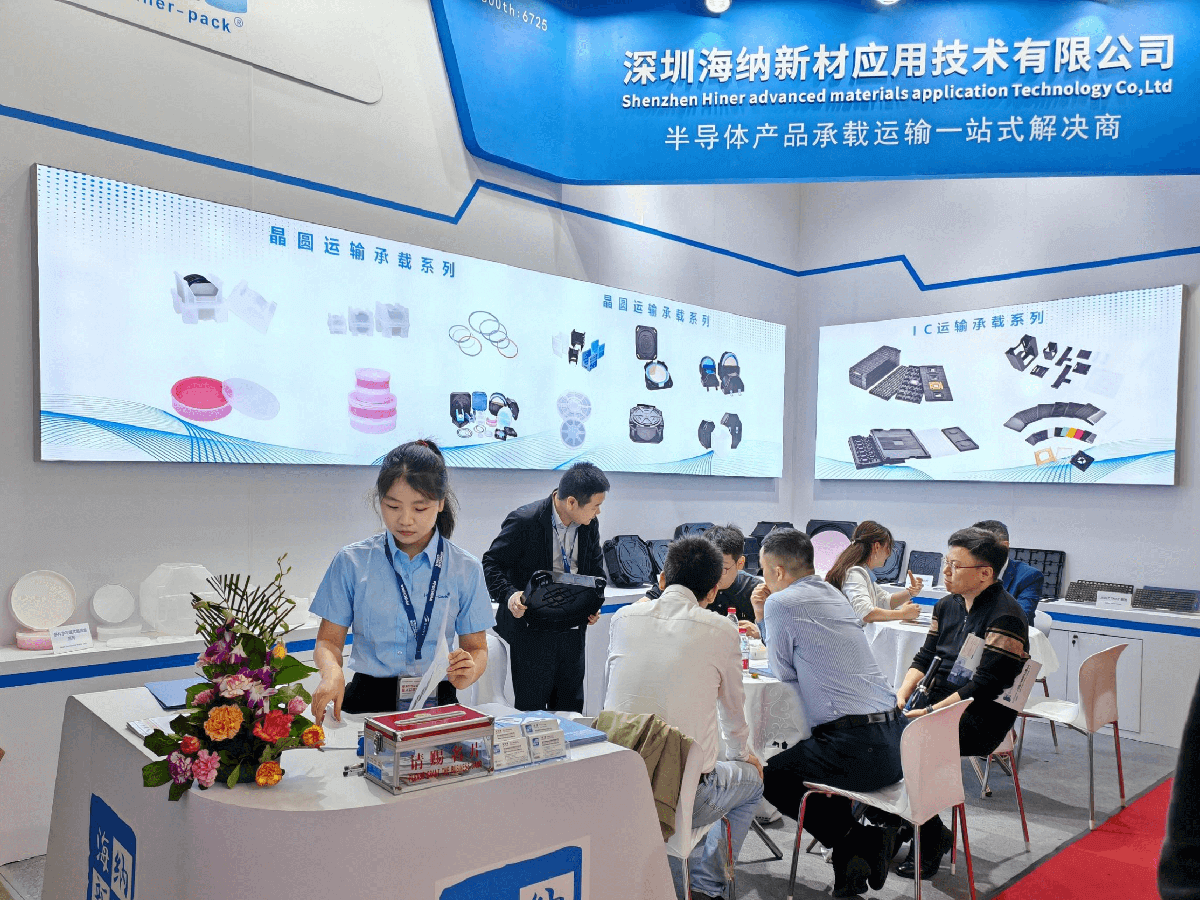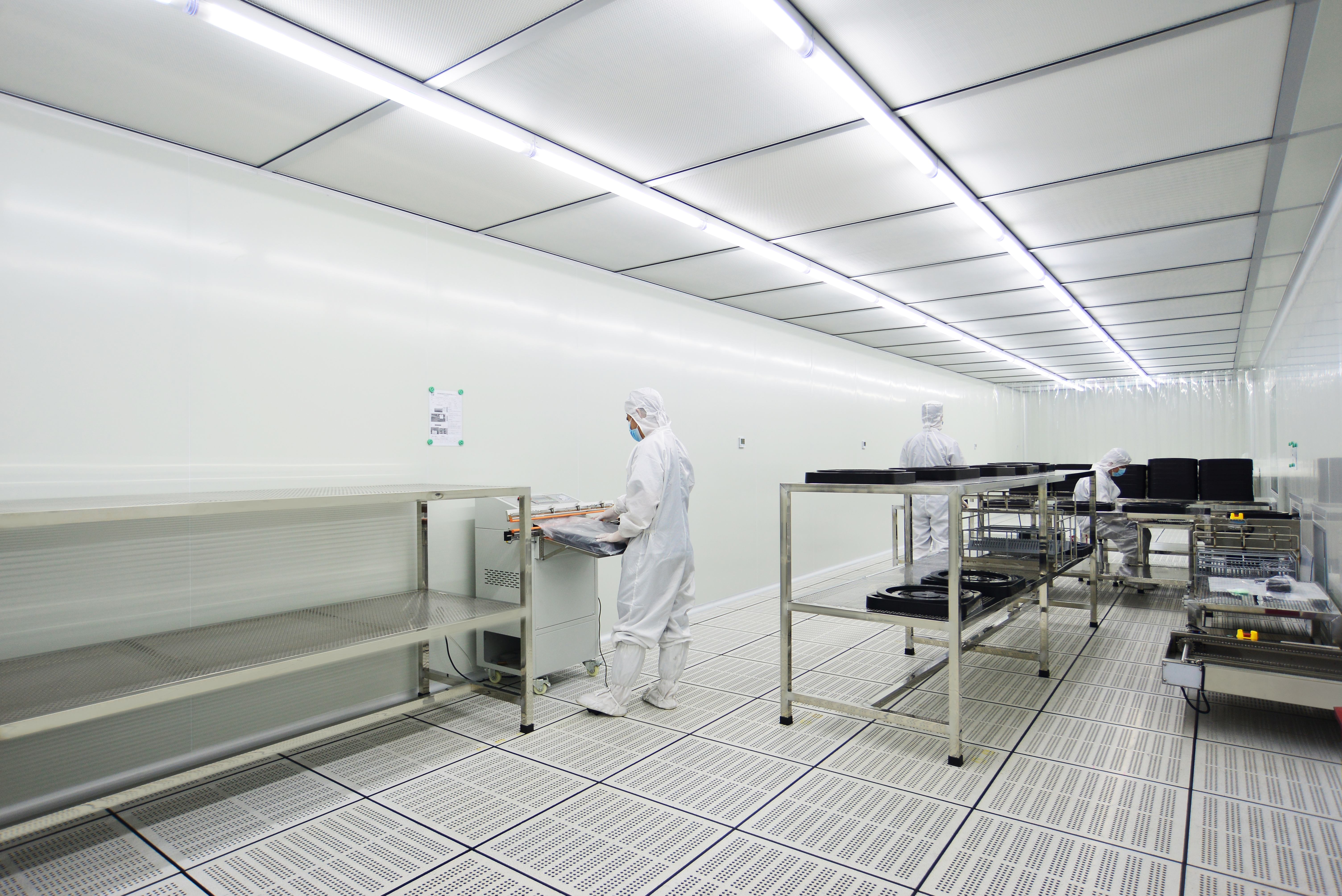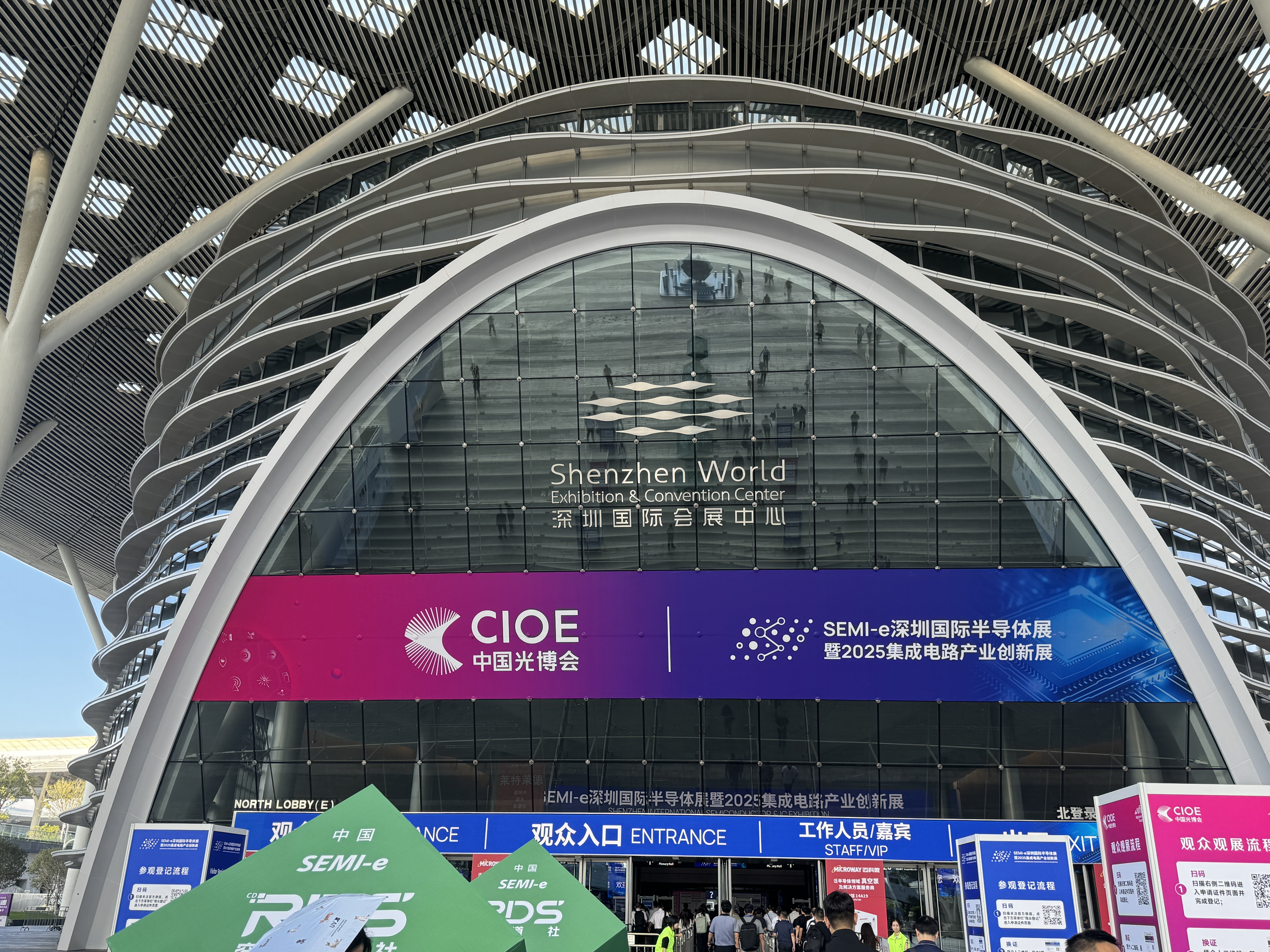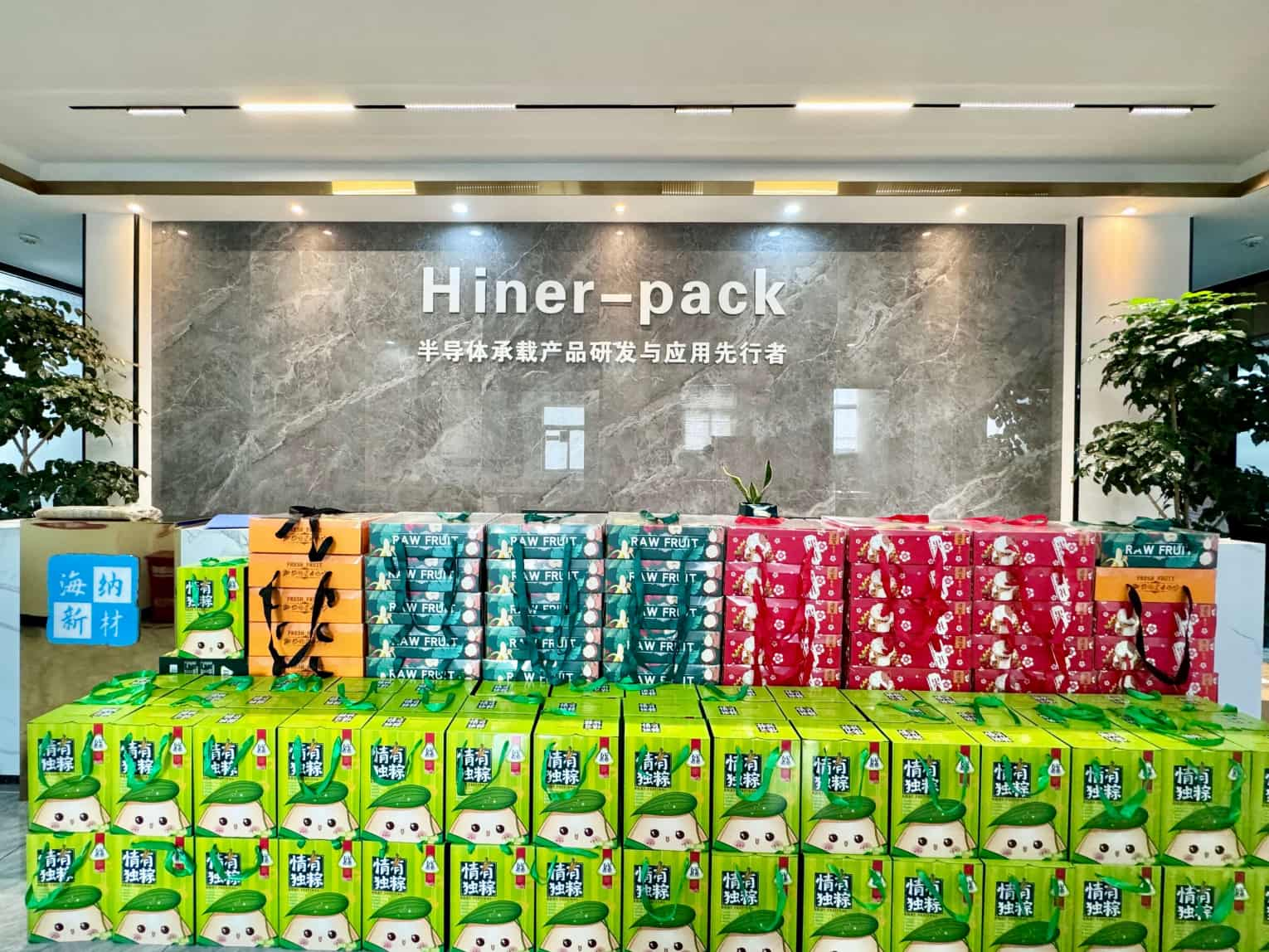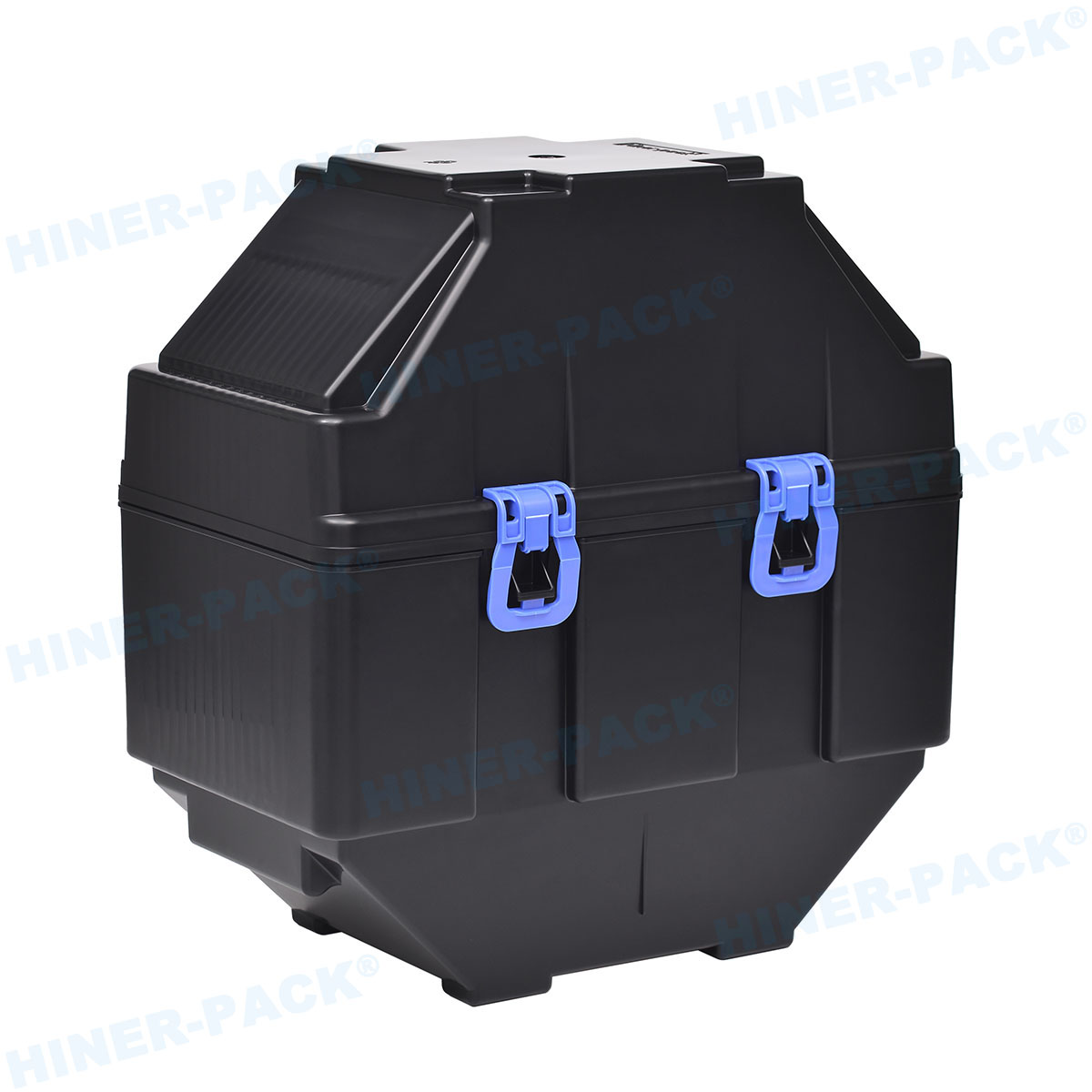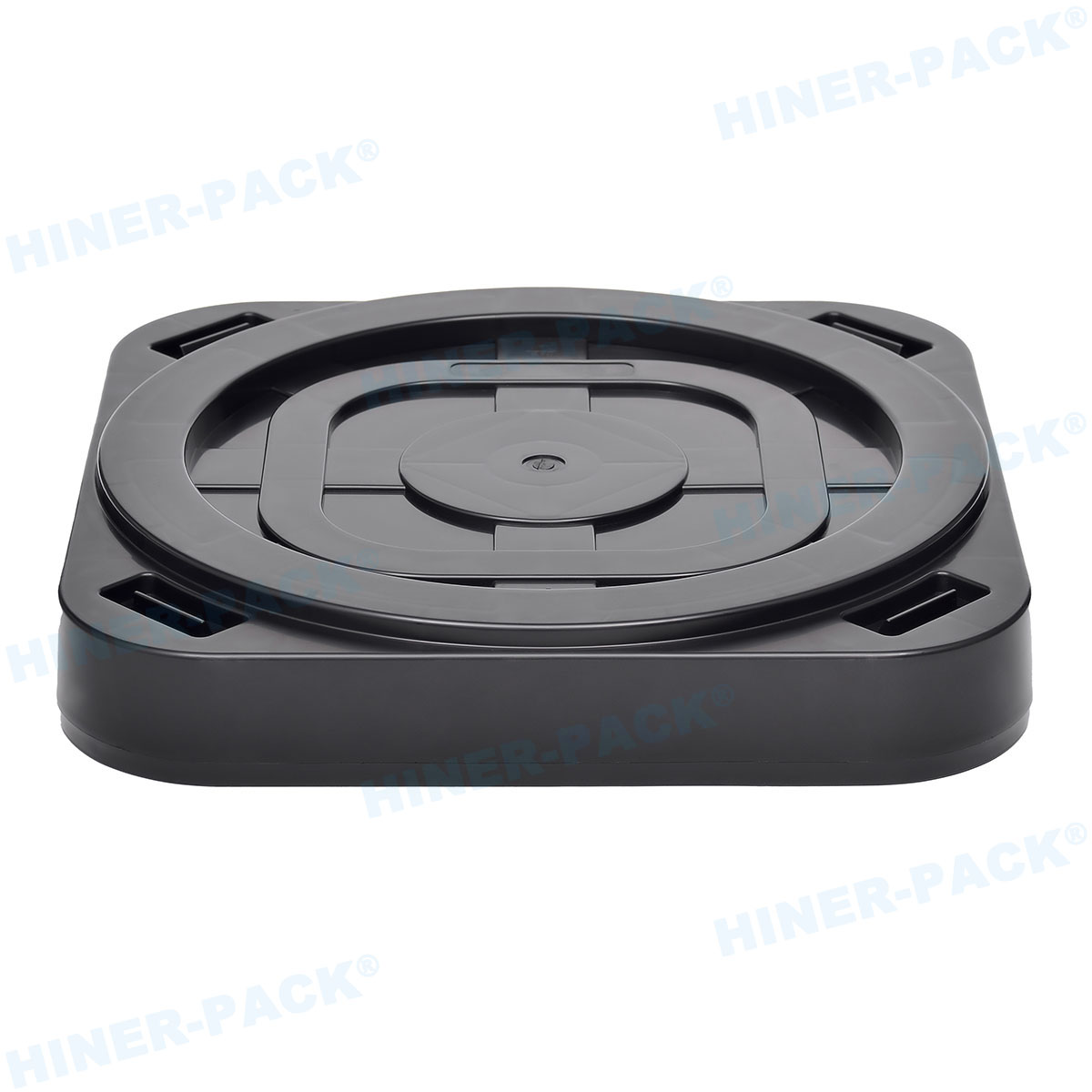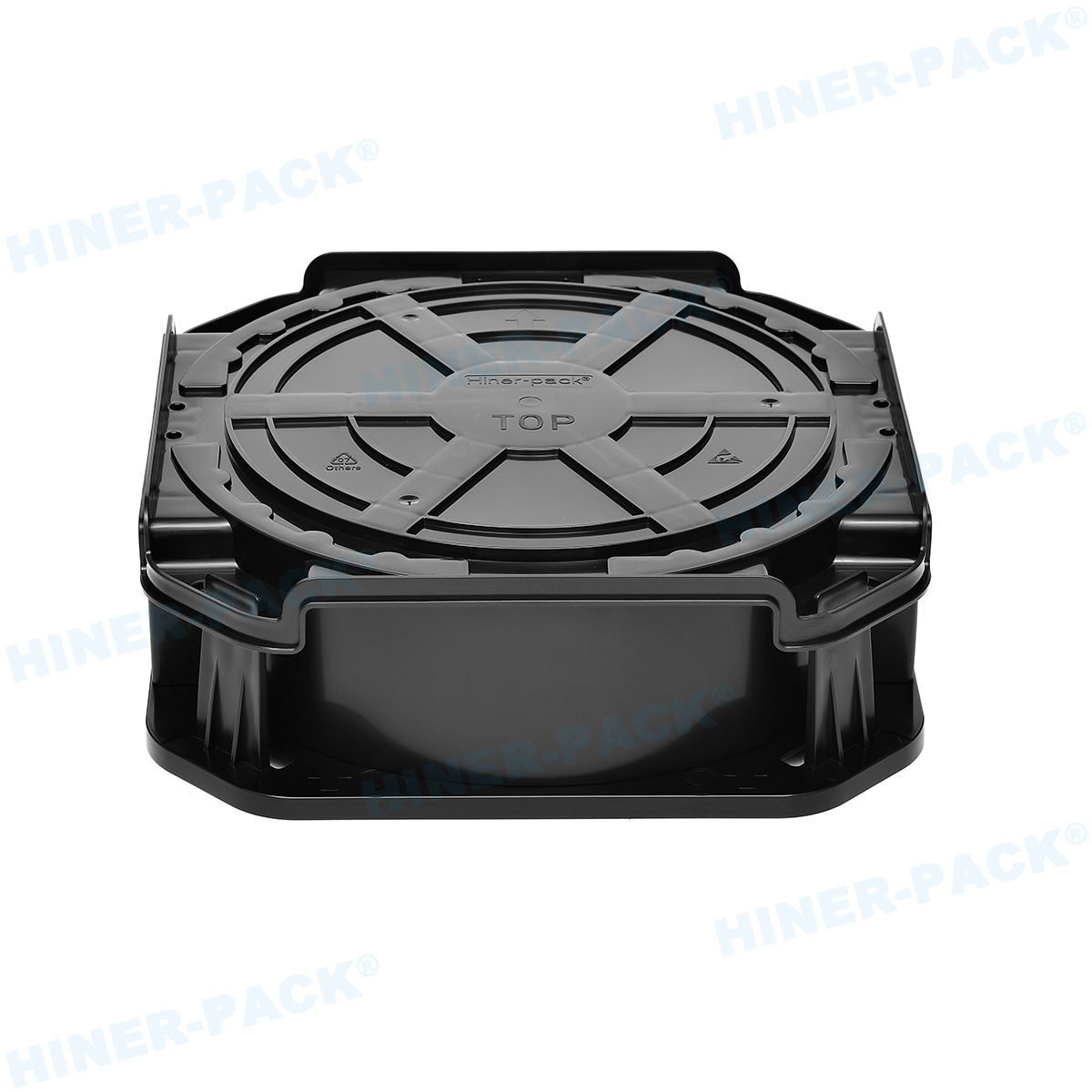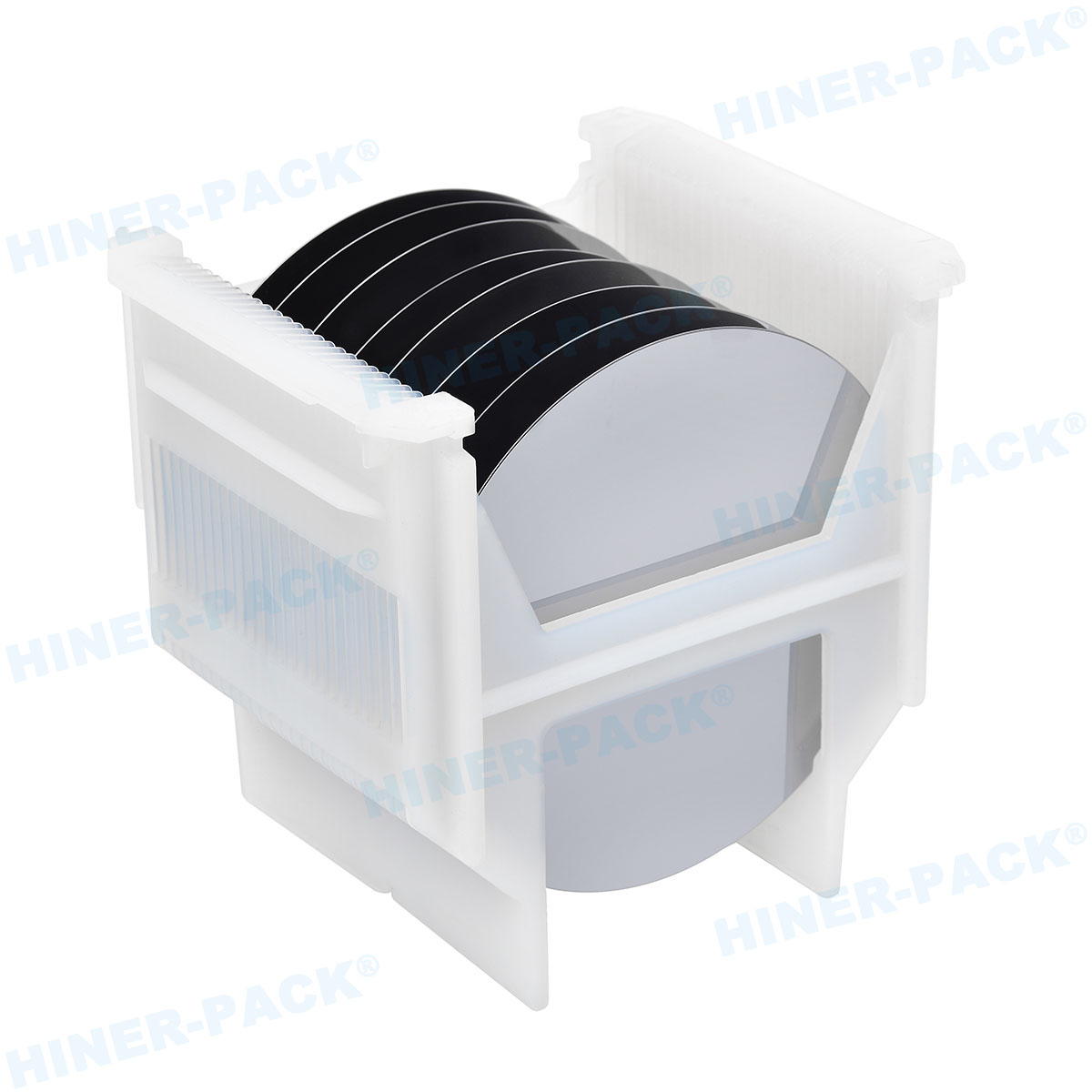In the highly precise world of semiconductor manufacturing, even the smallest components can make a monumental difference in yield, efficiency, and product quality. One such critical component is the Teflon cassette, a specialized tool used for handling and storing silicon wafers during various stages of production. As the industry pushes toward smaller nodes and higher purity standards, the choice of materials for wafer cassettes has become increasingly important. Teflon cassettes, known for their exceptional properties, are gaining traction among leading manufacturers, including companies like Hiner-pack, which specializes in high-performance semiconductor solutions. This article delves into the key advantages, applications, and best practices for using Teflon cassettes in international semiconductor wafer processing, offering actionable insights for engineers and procurement teams.
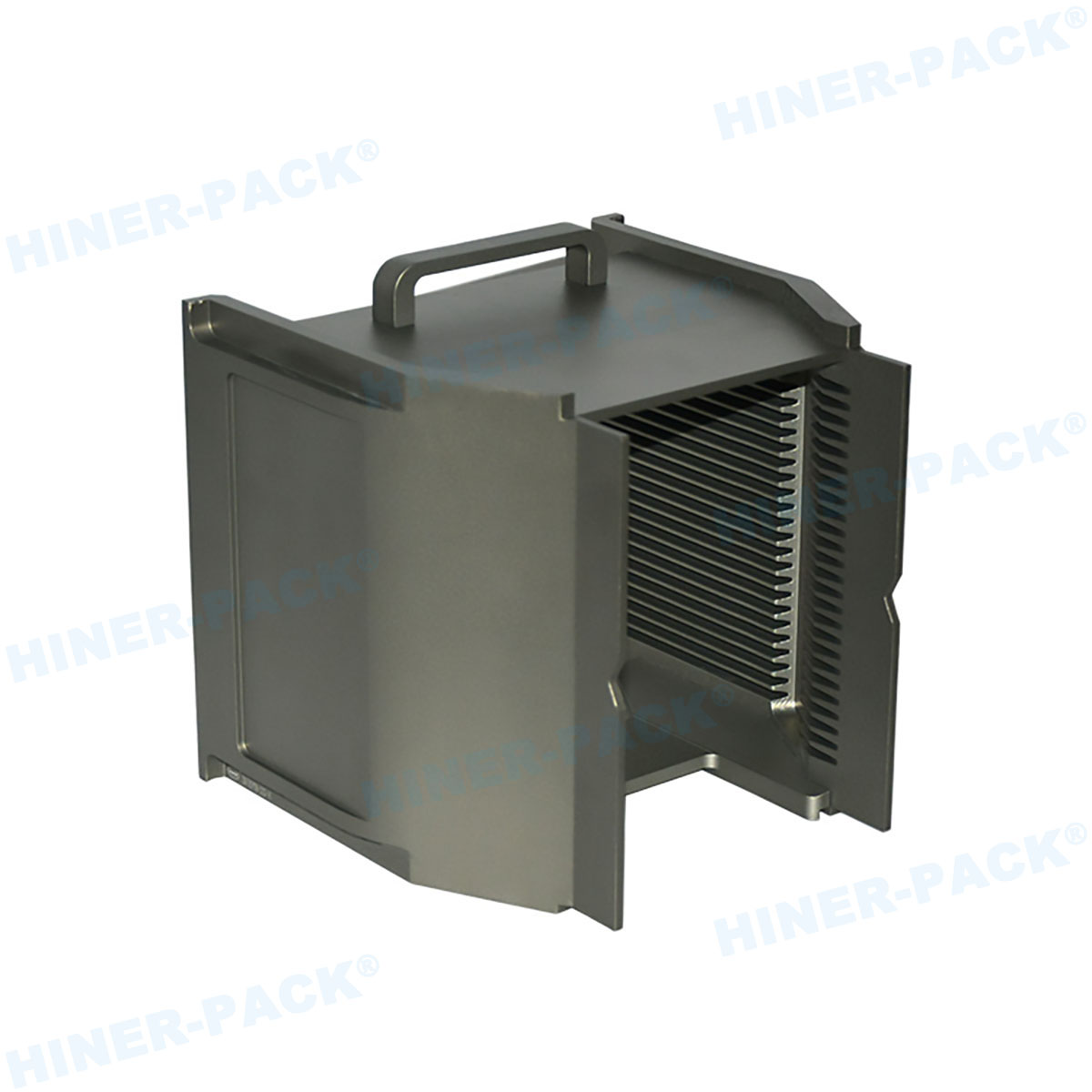
What Is a Teflon Cassette and Why Does It Matter?
A Teflon cassette is a wafer carrier made from polytetrafluoroethylene (PTFE), a fluoropolymer renowned for its non-stick, chemically inert, and high-temperature resistance properties. In semiconductor fabrication, these cassettes securely hold silicon wafers as they move through processes like etching, cleaning, and deposition. Unlike traditional materials such as polycarbonate or stainless steel, Teflon minimizes particulate generation and static buildup, which are common sources of contamination. For instance, in cleanroom environments where even microscopic particles can ruin a wafer, the low friction and anti-adhesive nature of Teflon cassettes help maintain the integrity of delicate surfaces. Companies like Hiner-pack have refined these cassettes to include custom designs that cater to specific wafer sizes, from 200mm to 450mm, ensuring compatibility with advanced semiconductor tools.
The significance of Teflon cassettes extends beyond mere material science. In an industry where a single defective wafer can cost thousands of dollars, the shift toward PTFE-based solutions represents a strategic move to enhance overall equipment effectiveness (OEE). According to industry reports, contamination-related issues account for up to 20% of yield losses in fabs. By adopting Teflon cassettes, manufacturers can mitigate these risks, thanks to the material's inherent stability under extreme conditions. Hiner-pack, for example, integrates rigorous testing protocols to ensure their cassettes meet SEMI standards, providing reliability in high-volume production lines.
Key Advantages of Teflon Cassettes in Wafer Processing
Superior Chemical Resistance
Semiconductor processes often involve aggressive chemicals like hydrofluoric acid, sulfuric acid, and solvents used in cleaning and etching. Teflon cassettes excel in these environments because PTFE is virtually impervious to chemical attack. This resistance prevents degradation, swelling, or leaching that could introduce impurities. In contrast, polymer-based cassettes might degrade over time, leading to increased maintenance costs. Hiner-pack's Teflon cassettes are engineered with reinforced structures to handle prolonged exposure, making them ideal for wet bench applications where chemical compatibility is paramount.
High-Temperature Stability
Many semiconductor steps, such as thermal processing or plasma treatments, involve temperatures exceeding 200°C. Teflon cassettes can withstand these conditions without warping or releasing volatile organic compounds (VOCs). This thermal resilience ensures consistent wafer positioning and reduces the risk of misalignment in automated systems. For fabs transitioning to 3D NAND or FinFET technologies, where thermal budgets are critical, Hiner-pack offers Teflon cassettes with enhanced heat tolerance, supporting processes up to 260°C.
Minimized Particulate and Static Contamination
Static electricity can attract airborne particles, leading to defects in wafer patterns. The anti-static properties of Teflon cassettes help dissipate charge buildup, while their smooth surface reduces particle shedding. In a case study involving a major logic device manufacturer, switching to Hiner-pack's Teflon cassettes resulted in a 15% reduction in particle-related defects during lithography steps. This improvement directly correlates with higher yields and lower scrap rates.
Durability and Long Service Life
Although Teflon cassettes may have a higher upfront cost compared to alternatives, their longevity offers a better total cost of ownership. They resist wear from repeated use and cleaning cycles, reducing replacement frequency. Hiner-pack designs cassettes with reinforced edges and custom grips to prevent chipping, extending their lifespan in high-throughput fabs.
Enhanced Cleanability and Maintenance
Cleaning Teflon cassettes is straightforward due to their non-porous surface, which prevents residue accumulation. Standard cleanroom-compatible detergents or DI water rinses are sufficient, unlike with porous materials that may require aggressive scrubbing. Hiner-pack provides maintenance guidelines, including ultrasonic cleaning options, to ensure cassettes remain contamination-free over thousands of cycles.
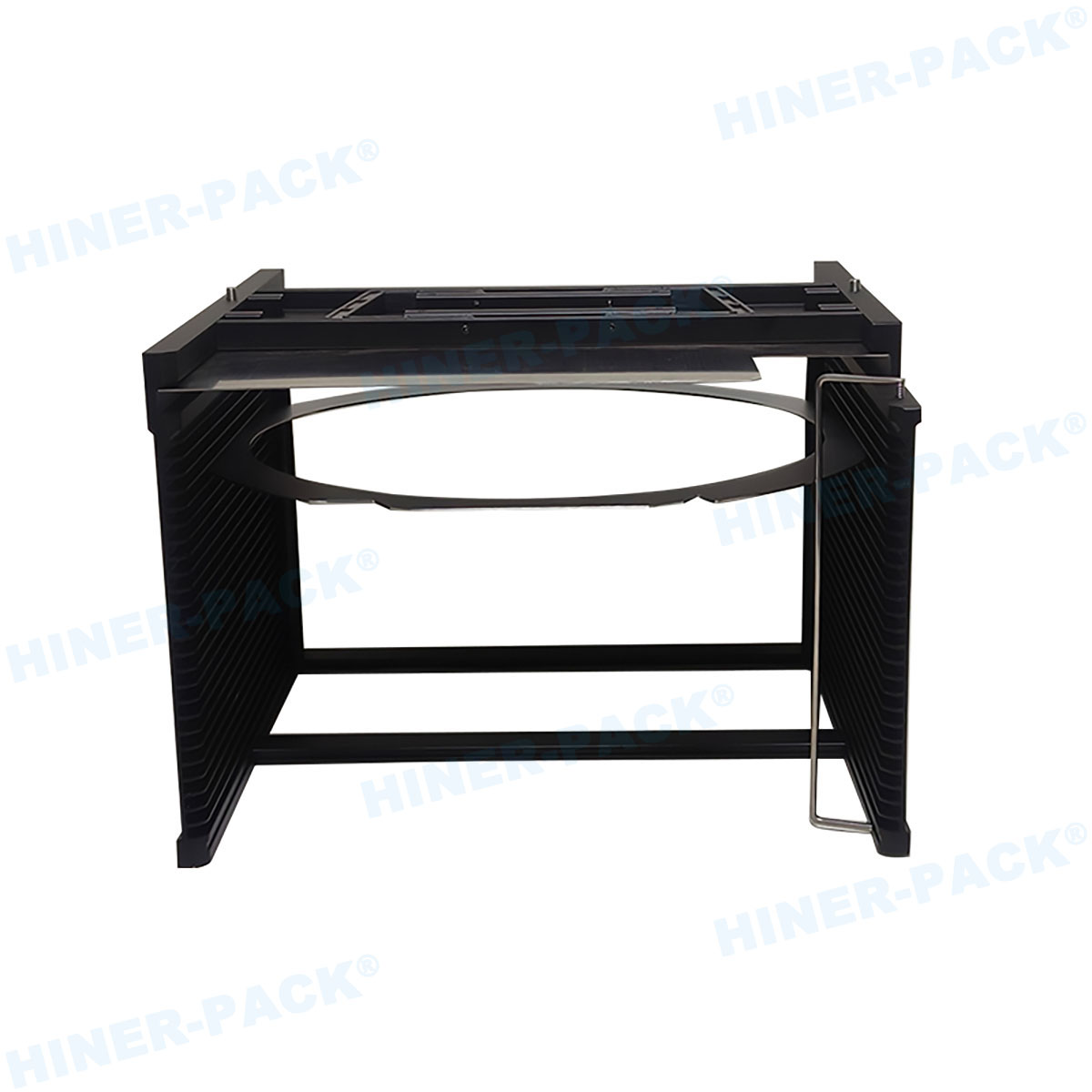
Applications of Teflon Cassettes in Semiconductor Manufacturing
Teflon cassettes are versatile tools used across multiple semiconductor processes. In front-end-of-line (FEOL) operations, they protect wafers during diffusion and ion implantation, where temperature and chemical exposure are high. For back-end-of-line (BEOL) stages, such as metallization and packaging, these cassettes ensure wafers remain free from scratches and contaminants. A notable application is in wet processing stations, where Hiner-pack's Teflon cassettes have been integrated into automated handling systems to improve throughput. Additionally, in emerging areas like compound semiconductor fabrication (e.g., GaN or SiC), the inert nature of Teflon prevents cross-contamination between different material types.
In memory manufacturing, where defect density is a critical metric, Teflon cassettes play a role in reducing process-induced damage. For example, in DRAM production, cassettes must handle thin wafers without causing stress fractures. Hiner-pack's designs include cushioned slots and precision alignment features to address these challenges. Moreover, as the industry adopts larger wafer sizes, the structural integrity of Teflon cassettes becomes even more vital to prevent bowing or sagging during transport.
Best Practices for Implementing Teflon Cassettes
To maximize the benefits of Teflon cassettes, manufacturers should follow a few best practices. First, conduct a compatibility assessment with specific process chemicals and temperatures. Hiner-pack offers consultation services to match cassettes with fab requirements. Second, implement regular inspection schedules to check for signs of wear, such as micro-cracks or discoloration. Third, train personnel on proper handling techniques—using dedicated gloves and tools—to avoid introducing human-borne contaminants. Finally, integrate cassettes into a preventive maintenance program that includes periodic cleaning and validation against industry standards like SEMI F57.
Case in point: A fab in Southeast Asia reported a 10% yield boost after adopting Hiner-pack's Teflon cassettes alongside a structured maintenance routine. This underscores the importance of a holistic approach, where equipment selection is paired with operational discipline.
Why Hiner-pack Stands Out in Teflon Cassette Solutions
Hiner-pack has built a reputation for delivering reliable Teflon cassettes that meet the stringent demands of global semiconductor fabs. Their products feature custom-molded PTFE with low extractable levels, ensuring compatibility with ultra-pure processes. Beyond standard offerings, Hiner-pack provides value-added services such as rapid prototyping and on-site audits, helping clients optimize their wafer handling workflows. In a recent collaboration with a European research institute, Hiner-pack developed a specialized Teflon cassette for handling fragile 2D materials, demonstrating their commitment to innovation.
Common Challenges and How to Overcome Them
While Teflon cassettes offer numerous benefits, users may face challenges like initial cost barriers or adaptation to existing automation. To address this, Hiner-pack emphasizes lifecycle cost analysis, showing how reduced downtime and higher yields justify the investment. Another issue is material familiarity; some engineers may be accustomed to metal or plastic cassettes. Hiner-pack counters this with comprehensive training and support, including data sheets and application notes that highlight the superiority of Teflon in critical environments.
In summary, Teflon cassettes represent a smart investment for semiconductor manufacturers aiming to enhance yield, reduce contamination, and streamline operations. Their unique properties—chemical inertness, thermal stability, and low particulate generation—make them indispensable in modern fabs. As the industry evolves toward more complex architectures, tools like those from Hiner-pack will continue to play a pivotal role in enabling next-generation technologies. By understanding the benefits and implementing best practices, companies can leverage Teflon cassettes to achieve sustainable competitive advantage.
Frequently Asked Questions (FAQs)
Q1: What is the primary use of a Teflon cassette in semiconductor manufacturing?
A1: A Teflon cassette is primarily used for handling and storing silicon wafers during various semiconductor processes, such as cleaning, etching, and thermal treatments. Its PTFE construction minimizes contamination and withstands harsh chemical and temperature conditions, ensuring wafer integrity.
Q2: How do Teflon cassettes compare to plastic or metal alternatives?
A2: Unlike plastic cassettes, which may degrade under chemical exposure, or metal ones that can generate particles and static, Teflon cassettes offer superior chemical resistance, thermal stability, and lower contamination risk. This makes them more reliable for high-purity applications in semiconductor fabs.
Q3: Can Teflon cassettes be customized for specific wafer sizes or processes?
A3: Yes, companies like Hiner-pack provide custom Teflon cassettes tailored to different wafer sizes (e.g., 300mm or 450mm) and specialized processes, such as those for compound semiconductors or advanced packaging, ensuring optimal fit and performance.
Q4: What maintenance is required for Teflon cassettes?
A4: Maintenance typically involves regular cleaning with DI water or mild detergents, along with inspections for wear. Hiner-pack recommends periodic ultrasonic cleaning and adherence to SEMI standards to prolong cassette life and maintain cleanliness.
Q5: Are Teflon cassettes cost-effective despite their higher initial price?
A5: Absolutely. While Teflon cassettes may have a higher upfront cost, their durability, reduced contamination, and longer service life lead to lower total cost of ownership through improved yield, less downtime, and fewer replacements, as demonstrated by Hiner-pack's client case studies.



